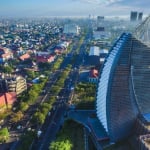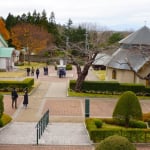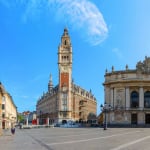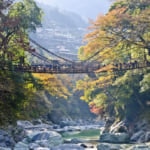Name: Alice Springs
Official/Related Site URL: https://www.australia.com/ja-jp/places/alice-springs.html
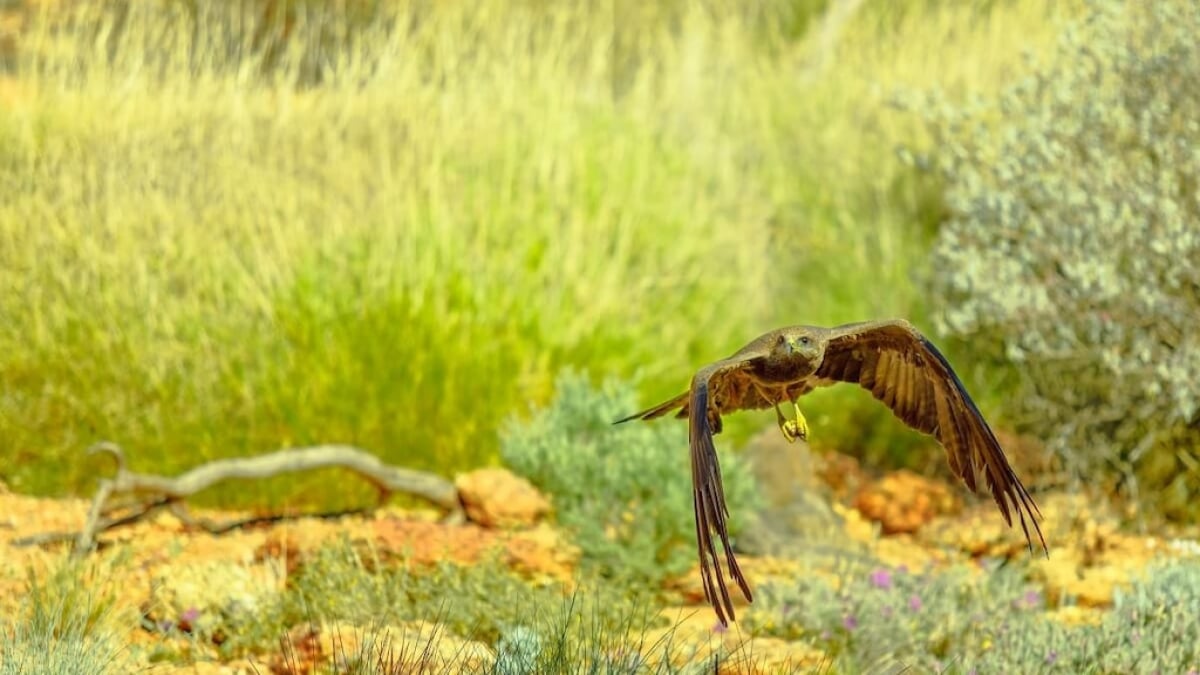
Desert experience at Alice Springs Desert Park. What kind of creatures live in the desert?
Located in the heart of Australia, Alice Springs is home to the Desert Park, where you can truly experience nature itself. Since “desert” typically brings to mind a vast sandy landscape with no greenery, that might be the image you have—but in some ways, this place overturns that image. Among the lush greenery, a diverse range of creatures live, and you might feel as if you've stepped into a small jungle!
table of contents
[x] close
Desert experience at Alice Springs Desert Park. What kind of creatures live in the desert?
1. Location and Highlights of Alice Springs

Alice Springs is located in the Northern Territory and is the second most populous city after the capital, Darwin.
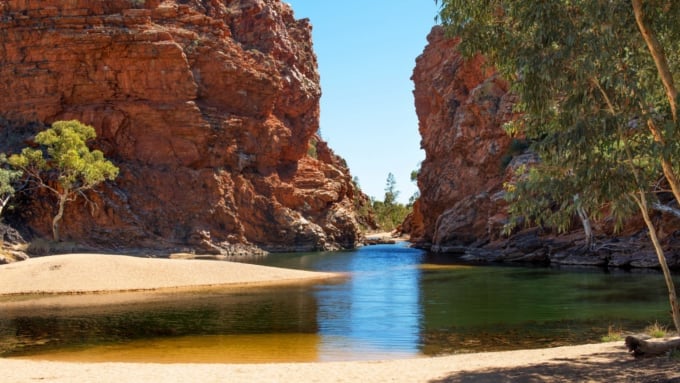
Unlike coastal cities, Alice Springs features a completely different climate and natural environment, characterized by arid landscapes and a variety of desert-dwelling creatures.
You can encounter rare animals—not just koalas and kangaroos—at places like the Alice Springs Reptile Centre, which always showcases over 50 types of reptiles, and the Alice Springs Desert Park, which we will introduce here.
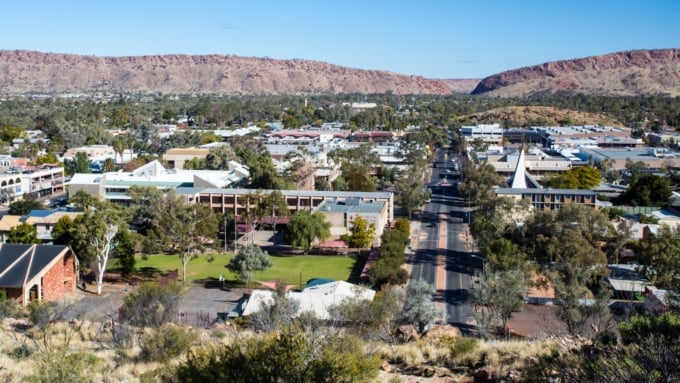
Make sure to visit Anzac Hill, where you can enjoy panoramic views of the town and the MacDonnell Ranges from a high vantage point.
For shopping, head to Todd Mall, which hosts a wide range of shops from banks to supermarkets. Alice Springs offers plenty of spots and attractions that are worth visiting.
2. What is the Alice Springs Desert Park?
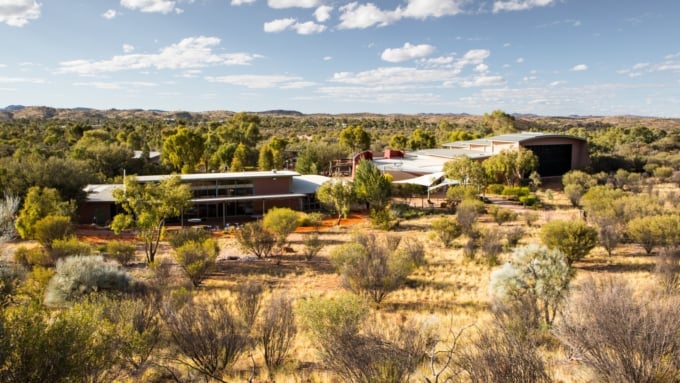
Alice Springs Desert Park is a popular natural theme park where visitors can observe plants and animals that inhabit desert regions in environments close to their natural state.
Despite being called a desert park, the area is lush with greenery and home to diverse wildlife—you may feel like you've stepped into a small jungle! Despite its vast, continent-like feel, the park is only about a 10-minute drive from the city center. A shuttle bus is also conveniently available!
If you want to explore the entire park thoroughly, one day may not be enough due to its large scale. For an efficient visit, consider joining a guided park tour.
The Desert Park is divided into three distinctive zones. Let’s explore each one:
◆Desert Rivers
◆Sand Country
◆Woodland
Name: Alice Springs Desert Park
Address: 871 Larapinta Dr, Alice Springs, Northern Territory, Australia
Official/Related Site URL: https://alicespringsdesertpark.com.au/
◆ Desert Rivers
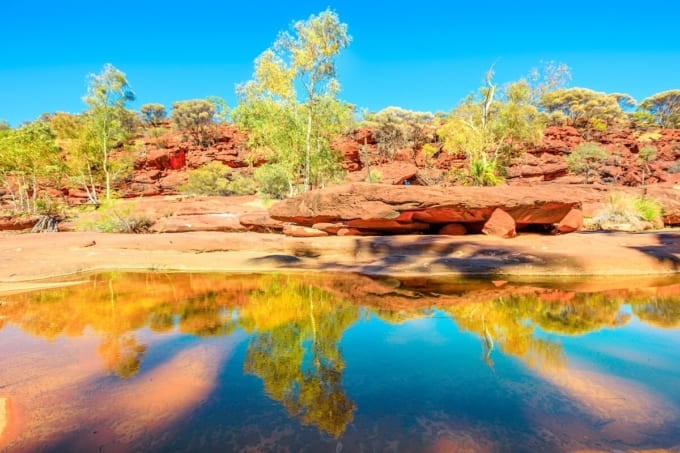
Unlike common deserts, Australia’s deserts are rich in nutrients. That’s because the strata retain moisture, allowing plants and animals to thrive. Fish turn into soil during droughts, and the eggs that survive in mud hatch when heavy rains arrive.
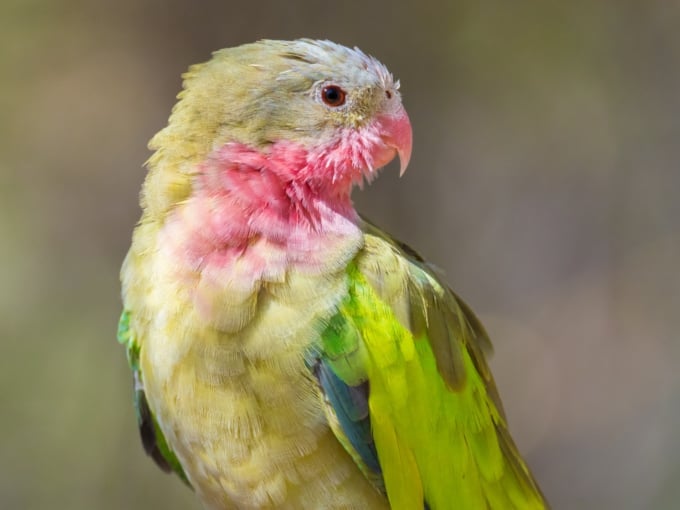
This cyclical rhythm of ecosystems ensures that life continues even in desert environments. This area is also a paradise for bird watchers, with colorful parrots and many other bird species. Historically, Aboriginal people also worked to protect the habitats of these birds.
When you enter the Desert Rivers zone, try to listen closely—you’ll likely hear the bustling activity of wildlife around you.
◆ Sand Country
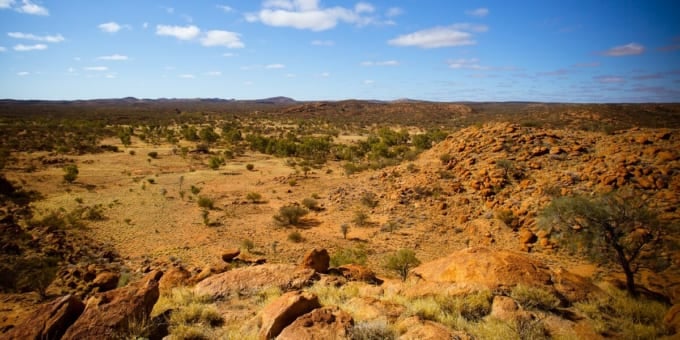
The Sand Country zone lets you experience a one-of-a-kind ecosystem found nowhere else in the world. The air is dry, and surface water is nearly nonexistent—making it the perfect match for many people’s image of a "desert."
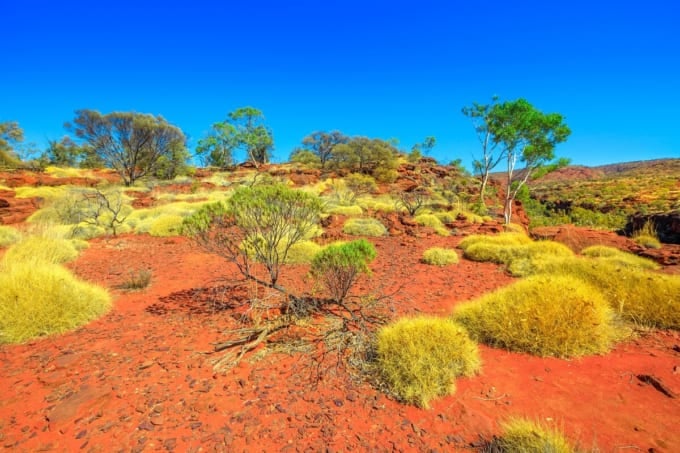
Despite these harsh conditions, plants such as Spinifex (Triodia species) thrive. These plants extend roots up to 3 meters deep and grow using rainwater stored deep underground. Thanks to this vegetation, the landscape doesn’t become an endless sea of sand like the Sahara.
The sharp, pointed leaves of Spinifex also serve as shelters for lizards. This area is abundant with termites, a food source for many lizards. Be sure to closely observe the small hollows and grassy shadows of the desert!
◆ Woodland
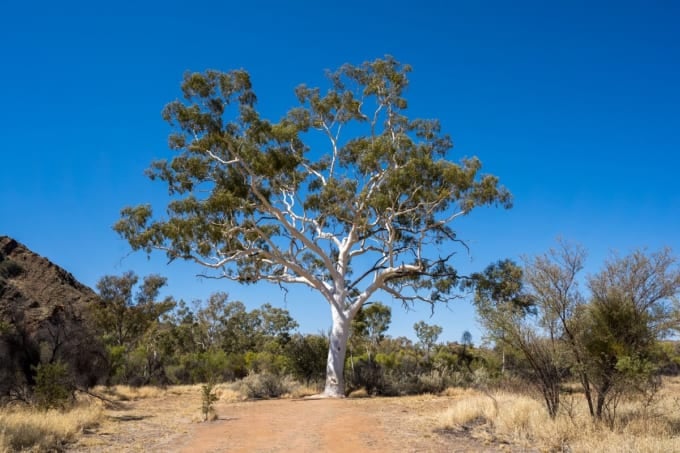
In Central Australia, even rocky terrain can support forested areas due to water flowing down from mountain ranges.
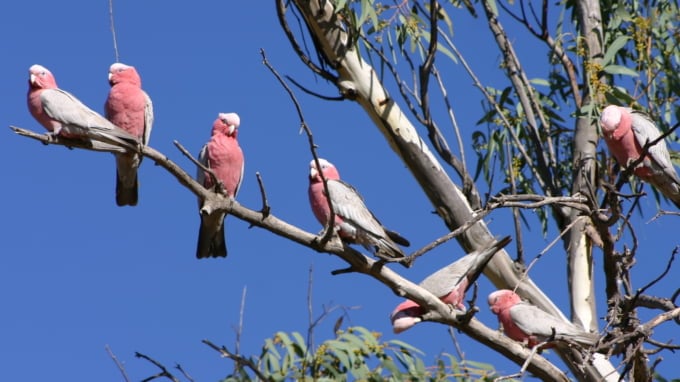
In Central Australia, even rocky terrain can support forested areas due to water flowing down from mountain ranges.
Various trees such as Bloodwood, Ironwood, and Corkwood grow here, with grasses and herbs flourishing at their base. Birds flutter around, feeding on the nectar of flowers. These natural conditions create a comfortable habitat for birds and herbivorous animals. The Woodland zone is especially recommended for birdwatching enthusiasts.
3. Nocturnal House
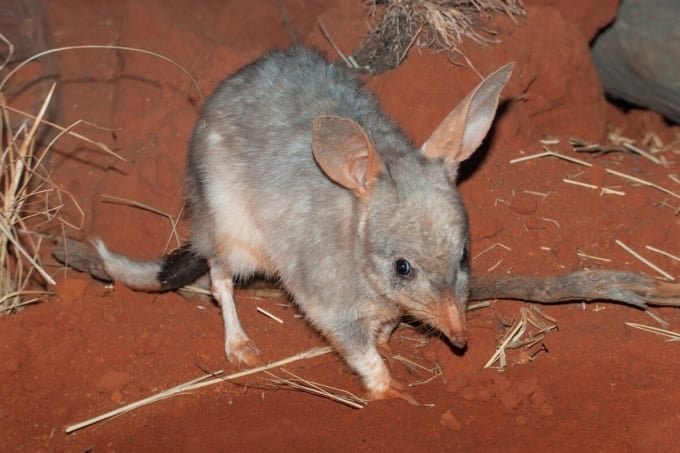
Located between the Sand Country and Woodland areas, the Nocturnal House is a facility where you can easily observe nocturnal animals. It's open daily from 9:00 AM to 6:00 PM.
Here you can see nocturnal wildlife living naturally, including endangered Australian marsupials like the Bilby (Greater Bilby), Spinifex Hopping Mice, reptiles, invertebrates, and more.
Nocturnal reptiles like the Centralian Knob-tailed Gecko are also on display. You might even spot the park's famous thorny devil, a lizard covered in spikes, during the day!
Name: Nocturnal House
Official/Related Site URL: https://bit.ly/33UIz94
4. Get Excited at the “Nature Theatre Show”!
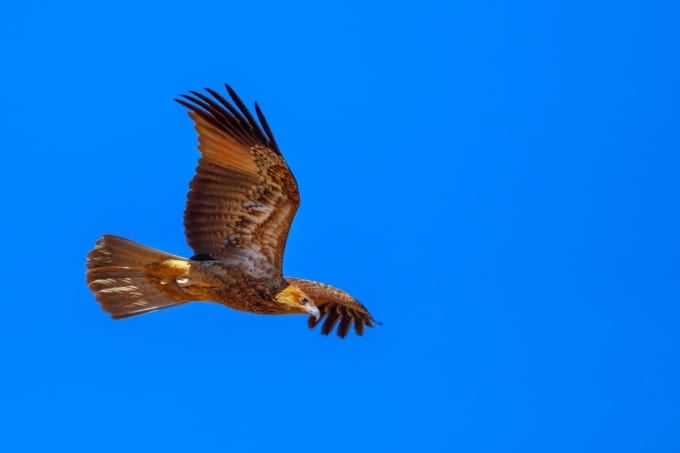
The Nature Theatre Show is a popular event where you can witness dramatic hunting scenes by birds of prey and watch them fly freely—an exciting spectacle!
The show fills up quickly due to its intensity, so it’s best to arrive early.
In summer (November to February), it is held only once at 10:00 AM, and in winter (March to October), it is held twice a day, at 10:00 AM and 3:00 PM. Doors open 15 minutes before the show begins.
[Important Notes]
- You cannot exit the venue until the show is over.
- For safety reasons, food is not allowed inside.
Name: Nature Theatre Show
Official/Related Site URL: https://bit.ly/34QWXjU
5. Thrilling “Nocturnal Tour”
The Nocturnal Tour lets you observe the nighttime behavior of wild animals you wouldn’t normally see. Why not experience the vibrant lives of creatures like Bilbies and echidnas in their natural environments?
Explore Mala Walk, a special area at the foot of the MacDonnell Ranges, guided by an expert.
Night tours are available on Mondays, Wednesdays, and Fridays until the end of February 2020. Departures are at 7:30 PM from April to October, and 8:00 PM from November to March. The tour lasts approximately 45 minutes. You can purchase an additional ticket for the Night Tour, but the Day & Night Pass ticket is a better deal!
Name: Nocturnal Tour
Official/Related Site URL: https://bit.ly/2OVfwhx
◎ Restaurants & Cafés
You won’t go hungry inside the Desert Park—there are restaurants and cafés around the gate and throughout the park.
Barbecues are also allowed amid the abundant nature. Catering services are available for group bookings.
※This information is current as of February 2024. Please check the official website for the latest details before visiting.
RELATED ARTICLES
REGIONS
CATEGORIES
FEATURED ON Australia
-
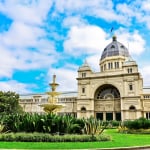
Australia’s First Western-Style Architecture and a Beautiful Garden! The Royal Exhibition Building and Carlton Gardens!
-

Cosmetics and Miscellaneous Goods are Stylish Too! 4 Recommended Souvenirs from Melbourne!
-

What are the costs of a short-term study abroad program in Australia? Introducing tuition and accommodation fees for 1 week to 1 month!
-

Enjoy Shopping and Activities on the Sunshine Coast!The Sunshine Coast, filled with shopping spots and activities, is one of Queensland’s most popular tourist destinations. In addition to its beautiful beaches, the area offers bustling markets, theme parks, zoos, and aquariums. Here’s a guide on how to fully enjoy all that the Sunshine Coast has to offer!
-
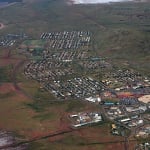
The Gateway Town to Australia’s Famous National Parks – 5 Must-Visit Spots in Karratha
MOST POPULAR ON Australia
-
 1
1Doha: Must-see Attractions in the Capital of Qatar
-
 2
2Toronto: 10 Things to do in this Picturesque Canadian City
-
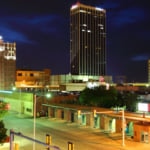 3
3Amarillo: A City Famous for It’s Amazing Canyons, Great History and Music
-
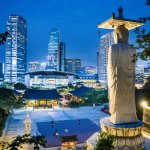 4
4South Korea: Dazzling Scenery, Rich Culture and Fascinating History
-
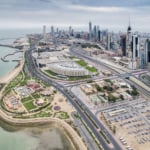 5
5Kuwait: A Country in Middle East Asia Famous for Hot Sand Dunes and Stunning Cityscape


